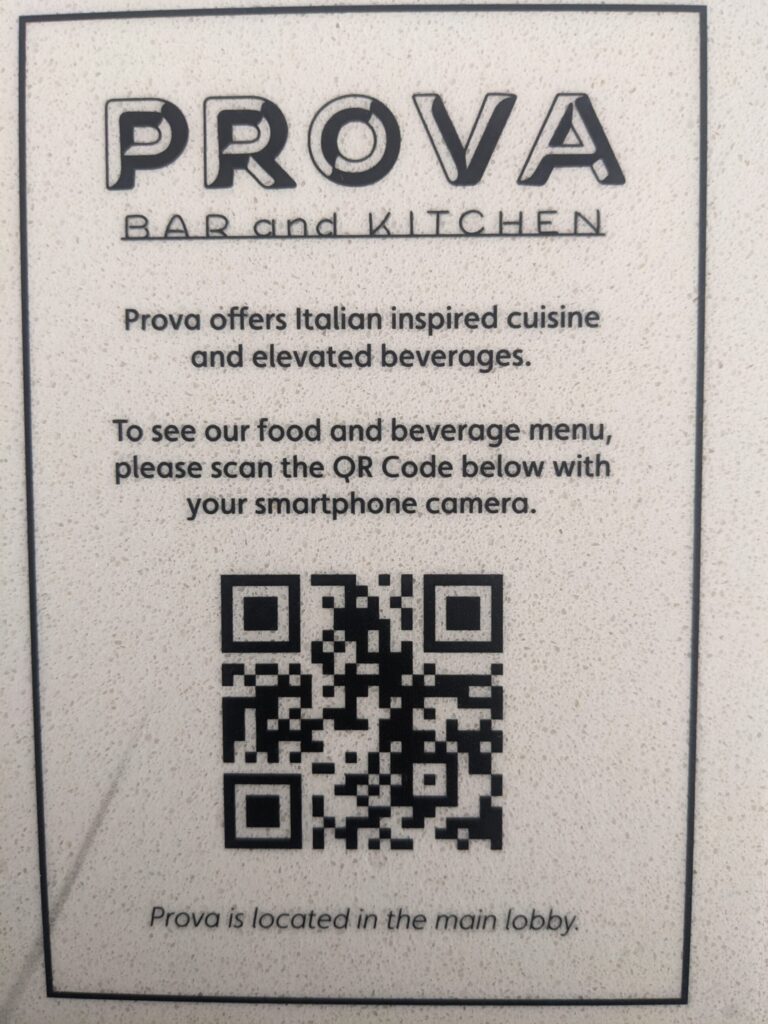I thoroughly enjoyed listening to “Lists” on This American Life. As a life-long list maker, I could relate to the topic and the stories. Lists are so heavily incorporated into my daily life, I rarely stop to consider their significance. In essence, they’re kind of basic. Yet, we all seem to use them for one thing or another. What is it about a list that makes them so effective, so popular, and so enduring?
In my entire life, I’ve never had to explain, or teach anyone, how to use a list. They’re self-explanatory. This is a strong selling point for those of us in the pro-list camp. We rely on all kinds of lists to get through our daily lives. These lists include grocery lists, task lists, invitation lists, decision lists, and packing lists to name a few. I even have a list in one of my apps called “Shopping” that contains smaller lists for specific stores with a checklist of items I need from each one. Lists within a list.
There’s something innately satisfy about crossing off completed tasks from my to-do lists. Sometimes I even add finished tasks that weren’t originally on the list solely to have the satisfaction of crossing them out. It also gives me a sense of how much I’ve actually accomplished.
Equally satisfying is giving something a “home” to rest in a list. All of a sudden, that random thought belongs somewhere. For example, I keep a list of Deletist posting ideas. In fact, I have more than one list for jotting down future blog ideas. Lists provide a safe spot to remember things. They can securely contain that question, or those grocery items, provided we remember where that safe place is and remember to look at it when we need to.
Where lists get messy for me is when I try to combine different aspects. For example, I want tasks grouped by project, but then also have the ability to rearrange them by priority, status, or deadline without a lot of manual effort. I’ve explored some task management apps, but they always end up being more work than pen and paper. Besides, it’s inherently more satisfying to strike the item than any of the digital options available.
I’m sure one day I’ll find the perfect system. Until then, I’m maintaining a wish list of all the things I want it to do.

